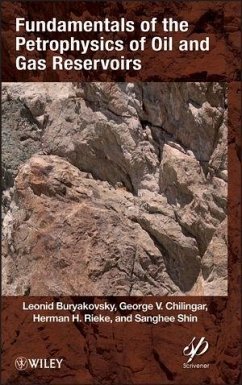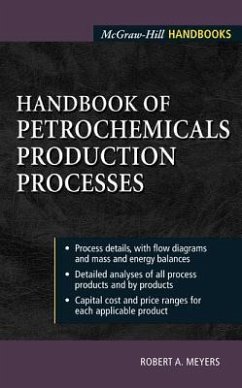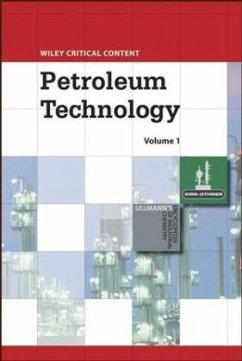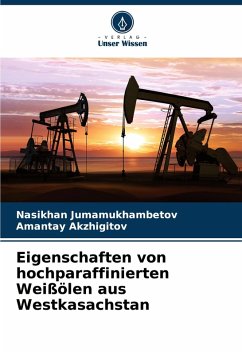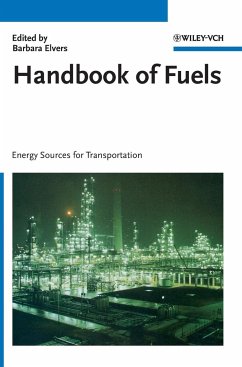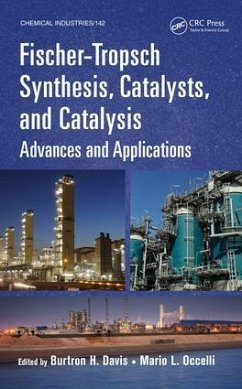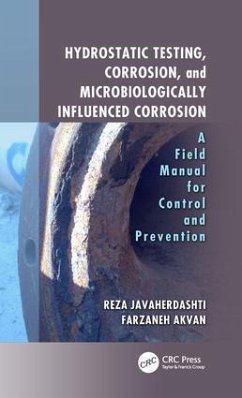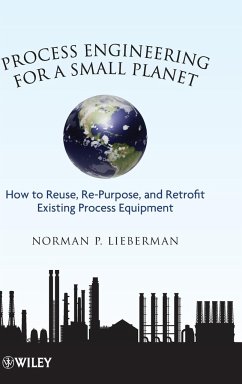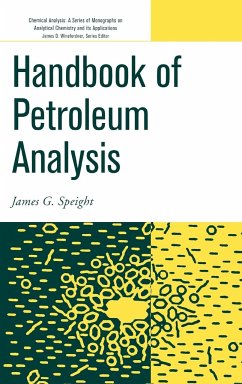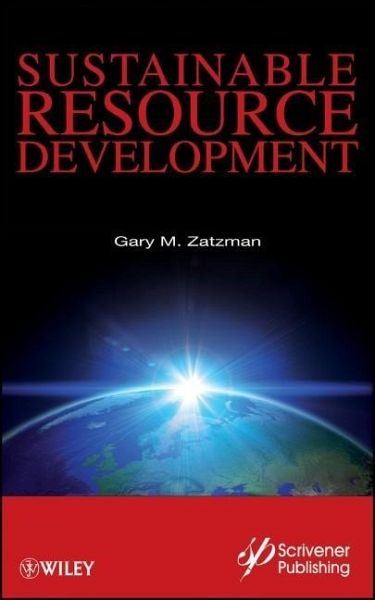
Sustainable Resource Development
Versandkostenfrei!
Versandfertig in über 4 Wochen
214,99 €
inkl. MwSt.
Weitere Ausgaben:

PAYBACK Punkte
107 °P sammeln!
"True sustainability" is the line of engineering research and practice that is giving rise to a series of Scrivener textbooks, such as Khan & Islam s best-selling The Greening of Petroleum Operations . Making explicit reference to his own recently-published book in this series, Sustainable Energy Pricing, as the companion volume of this book, the author applies the principles of true economic sustainability developed there to re-examine actual engineering practices in fossil fuel and as well as alternative-energy (such as wind and tidal power) exploration and development.




